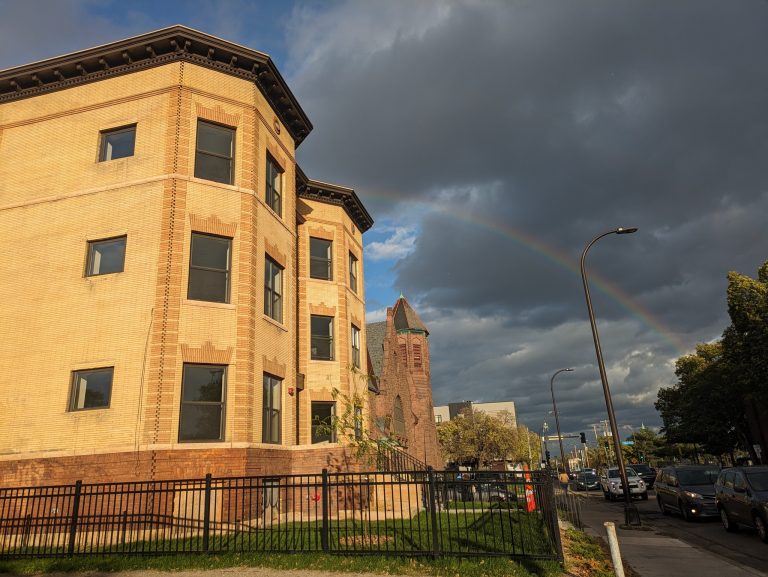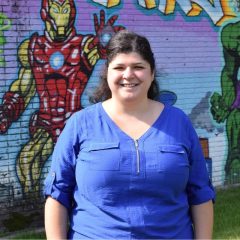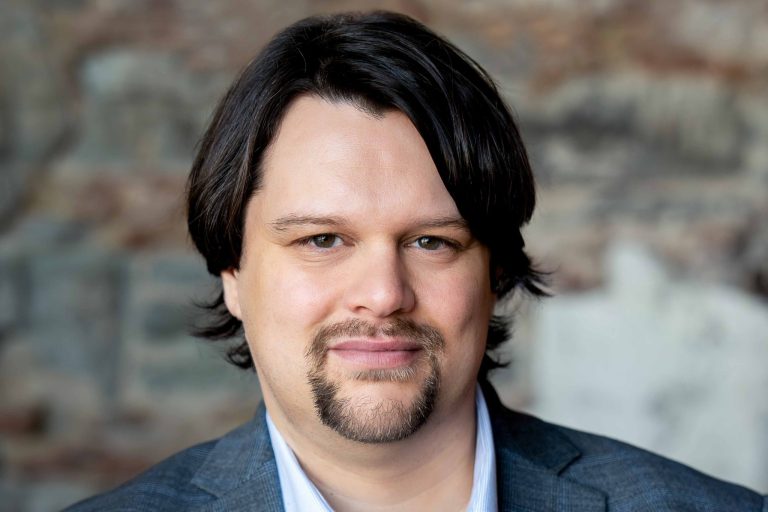A Conversation with McKnight’s David Nicholson
The following article was originally published by the National Center for Family Philanthropy on March 2, 2021. It is reprinted here with full permission.
The McKnight Foundation has implemented a new program devoted to equity and inclusion in our state. David Nicholson, program director of the ደፋር እና ፍትሃዊ ማህበረሰቦች program, shares how that team is thinking about systems change and what they’ve learned so far.
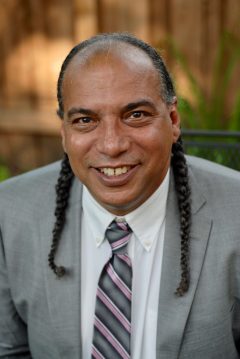
Q: As a family philanthropy, how do you see your role in moving racial equity forward? And how does changing an entire system and society toward equity convert aspiration into action?
David: In my three decades of systems change work through community leadership and grassroots movement building, I’ve noticed a change in how organizations are talking about and challenging themselves to solve for systems change. These conversations are taking center stage in boardrooms, Zoom-rooms, and team meetings fieldwide.
In an ever-evolving process of learning and listening, the McKnight Foundation has landed in a place where we are talking outright about structural racism. We seek to understand how that manifests both in the community and in our own organization.
In any board, staff, or group, this takes time—and trust. It pushes people to a boundary of asking themselves: “Do I know you well enough to talk about this? Do I trust myself that I can communicate and be understood in the intention?” In some ways, there is a heightened anxiety in how people are talking about race and equity. Yet I encourage boards and organizations to stay with it and be courageous.
“The Vibrant & Equitable Communities program has a clear vision of a future in which all Minnesotans—Black, white and brown; Native and newcomer; from the North Side to the North Shore—have shared power, participation, and prosperity.” —DAVID NICHOLSON, VIBRANT & EQUITABLE COMMUNITIES PROGRAM DIRECTOR
Q: With Covid-19 and the racial reckoning, we are in an incredible time. How has this moment influenced your program’s approach to grantmaking?
David: We launched McKnight’s Vibrant & Equitable Communities program in the middle of a pandemic, soon after the George Floyd uprisings, and before the U.S. election and January insurrection. We’re still in a moment where people and organizations the world over are asking themselves questions about systems change in a way they never have. Questions such as these: “What’s really happening?” “What does it mean?” “And what’s our role in it?”
The Vibrant & Equitable Communities program has a clear vision of a future in which all Minnesotans—Black, white and brown; Native and newcomer; from the North Side to the North Shore—have shared power, participation, and prosperity.
To achieve this vision, we need to move past the politics of division and toward realizing our commonly held belief in each other—that we all deserve to prosper no matter what we look like or where we come from. When we focus on our shared values, we can make Minnesota a place where everyone experiences community, well-being, and respect, and where we can celebrate both what unites us and what makes us unique.
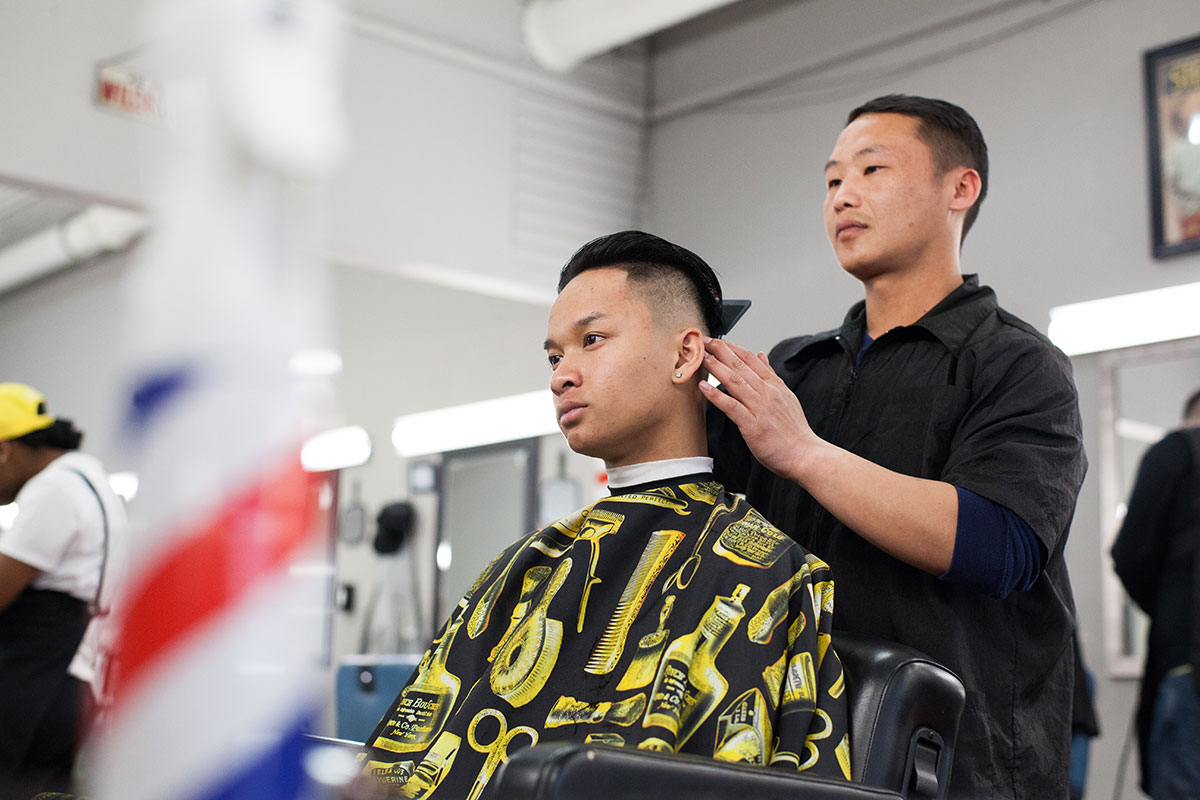
Organizations in our first round of grantmaking represent a diverse portfolio across geography, race, culture, and sector. Photo taken at the Moler Barber school on Saint Paul’s East Side in April 2018.
Q: How are you thinking about systems change?
David: Systems change isn’t straightforward, and part of the reason is that different people have different ideas about what change looks like and how to get there. Before you can work on changing a system to one that is equitable, it’s important to get a shared understanding of what that means and how change happens.
Six months into this program, we are focused on getting a shared understanding of the systems change we hope to see, and infusing equity into the process of making grant decisions. While we’re still early in the process, here are the questions we’re navigating together:
- What is our role as a foundation? Beyond making grants, what kind of change are we investing in? Are we making grants to live out our values, or simply renting the time of a community to do the work we want? We as a team need to have the same understanding of systems change, and of the possibility and power we hold in facilitating it.
- How do we each see the world? How do we see change happening as a team? Each individual may have an understanding of the problem and an understanding of what organizations might do to alleviate the problem. Yet to make any headway, it’s important that we as a team all get the same line of sight on it. Only then can we move into working toward that change.
- What is our role beyond grantmaking? What levers can we pull beyond grantmaking? The Foundation has a role as conveners, as impact investors—among others—and in creating the conditions for organizations to be successful in many ways.
We continue to discuss these questions at length and refine what we’re trying to do through our grantmaking.
Q: How would you describe how systems change happens?
David: Our grantees represent a robust and strategic approach to systems change that we adopted from FSG’s Six Conditions of Systems Change. Within this framework, we support grantees working to make progress at three levels of systems change:
- Structural change includes changes to policies, practices, and the flow of resources. McKnight has long worked at the structural level to inform government policy, promote more equitable practices, and direct human and financial resources toward our goals. Changing these structural conditions has powerful effects. We can see and assess the results through traditional evaluation and measurement.
- Relational change focuses on shifting power dynamics and building relationships and connections across sectors and political divides. This is difficult work, especially in today’s polarized political context, yet it is essential for long-term changes in how we share resources and decision-making authority. Relational systems change can also include recognizing and valuing different types of knowledge and expertise.
- Transformational change produces the most durable systems change. It also proves the most challenging, as it pushes people to embrace new shared narratives and mental models. Mental models are foundational drivers of the culture of a system, and without changes at this level, improvements at the structural and relational levels will likely not achieve sufficient buy-in from the people who make up the system as a whole.
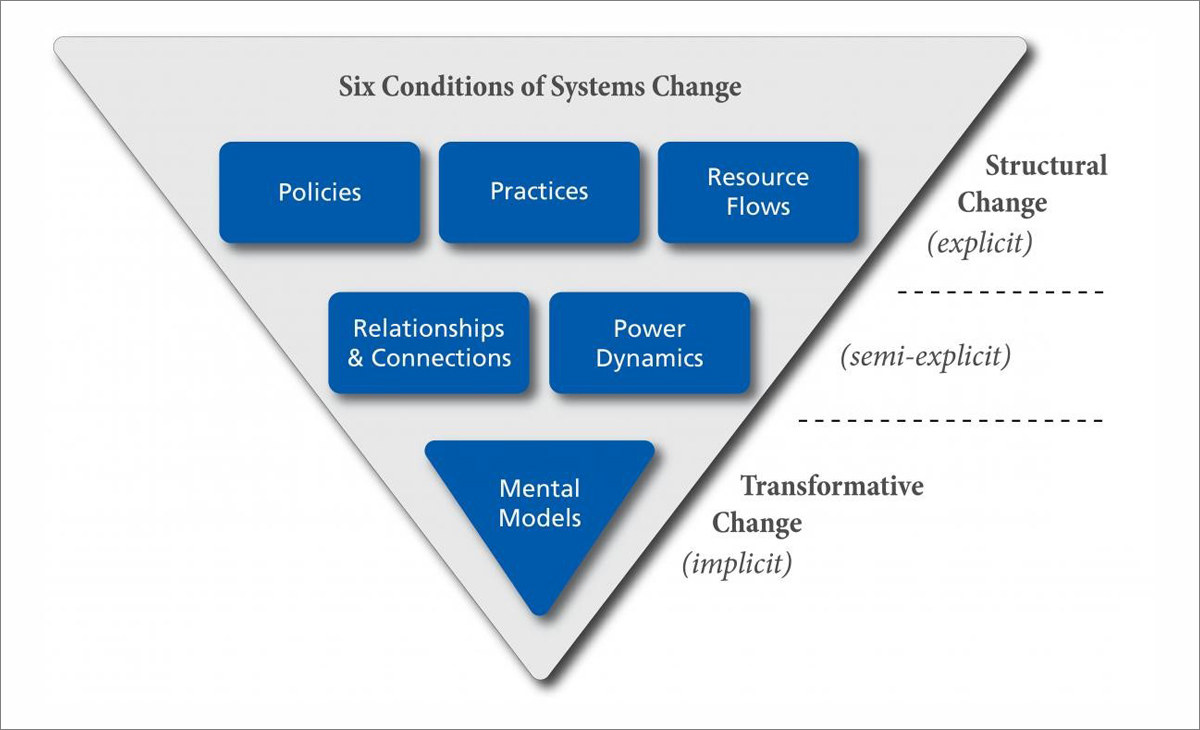
የፎቶ ካርድ: The Water of Systems Change. FSG, May 2018
Q: How are your grantees working toward the systems change you hope to make?
David: The organizations in our first round of grantmaking represent a diverse portfolio across geography, race, culture, and sector. They are working in powerful ways to push Minnesota forward to our preferred future. Collectively, they are working toward the following goals:
- fighting to ensure that working people have access to safe, dignified, high quality work;
- building and supporting leadership from communities that have traditionally been excluded;
- testing new and innovative ways to accelerate economic mobility and build community wealth; and
- advocating to ensure that both during and after COVID we expand housing access and stability.
“The organizations in our first round of grantmaking represent a diverse portfolio across geography, race, culture, and sector. They are working in powerful ways to push Minnesota forward to our preferred future.” —DAVID NICHOLSON, VIBRANT & EQUITABLE COMMUNITIES PROGRAM DIRECTOR
Q: What criteria do you use to review grant inquiries?
David: In our first grantmaking round, we received 200 applications, and shared nearly 100 conversations with organizations that may still apply. In reviewing grant proposals, we intentionally designed a democratic process. Each of our program team members reviews every single proposal using criteria to see how it aligns with our systems change and strategy. We ask ourselves these questions:
- How does this align with our strategies?
- How does the organization say it will make change? How do we think it will make change?
- What is the strategic opportunity this organization presents at this time?
- Who benefits, who is affected, who is in leadership? What’s important about the የአለም ጤና ድርጅት that we should have in our conversation?
These key questions help us understand how each team member sees the proposed change—if we are seeing it the same, and if not, why that is. We are all different individuals with different histories and experiences. Some people have content expertise, and others have community expertise. This is a way for us to triangulate many kinds of expertise and equity into the discussion.
Q: What questions are coming up most often from your grantees around equity?
David: A big question that a lot of established organizations are wrestling with is: “What is the role for white-led organizations in racial equity?” On some level, it’s a continuum of how much can I do, where can I lead and where should I follow? What do I need to do to stay relevant? These are important questions to consider.
For organizations of color and those led by communities of color, this is an inspiring time. It seems like more is possible. I hear statements such as: “I always thought this change would happen, but never in my lifetime.” They are seeing the ability to truly manifest change. It takes courage to move from apathy to action, and it’s an energy I’m excited about. I’m hopeful for what’s to come.
